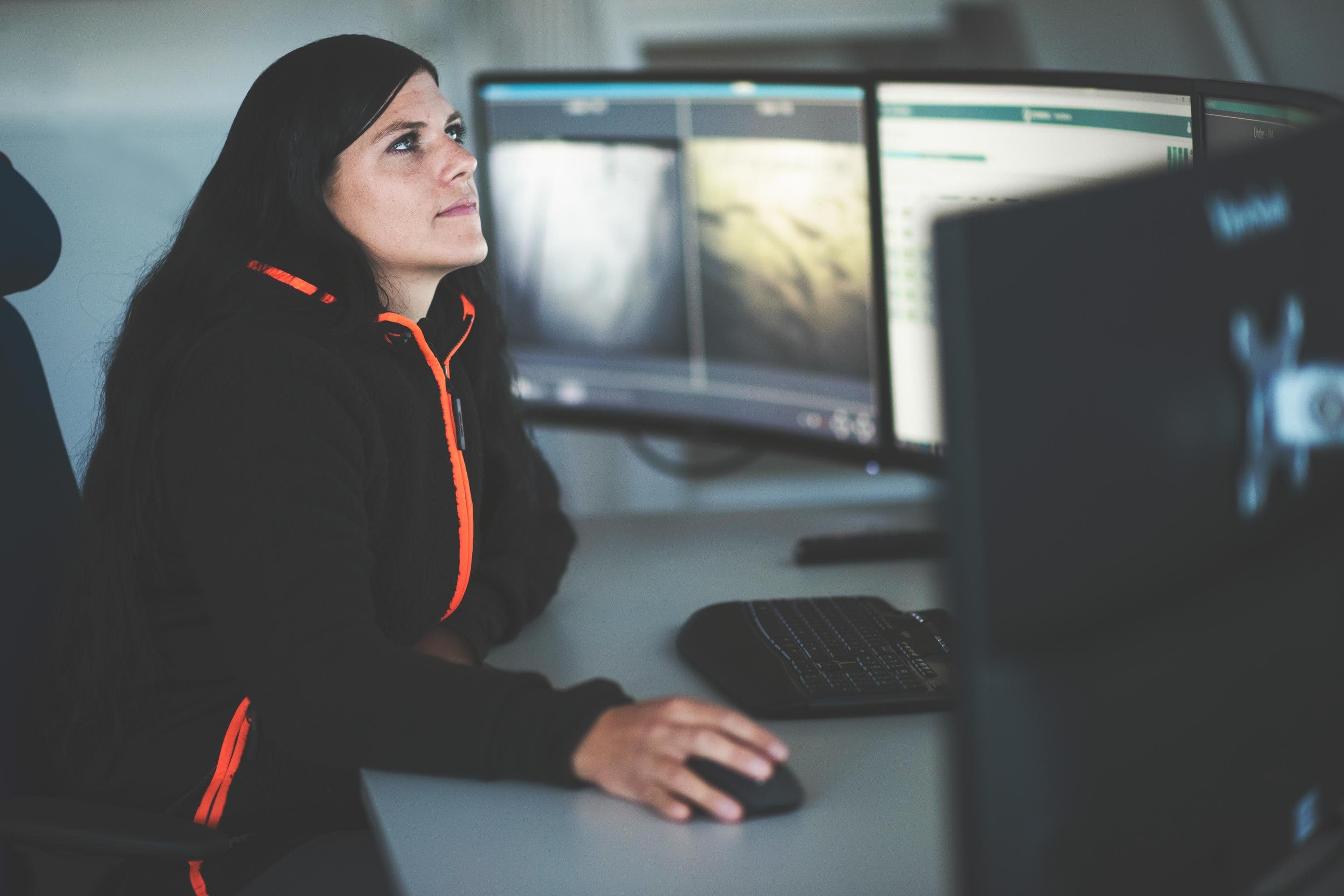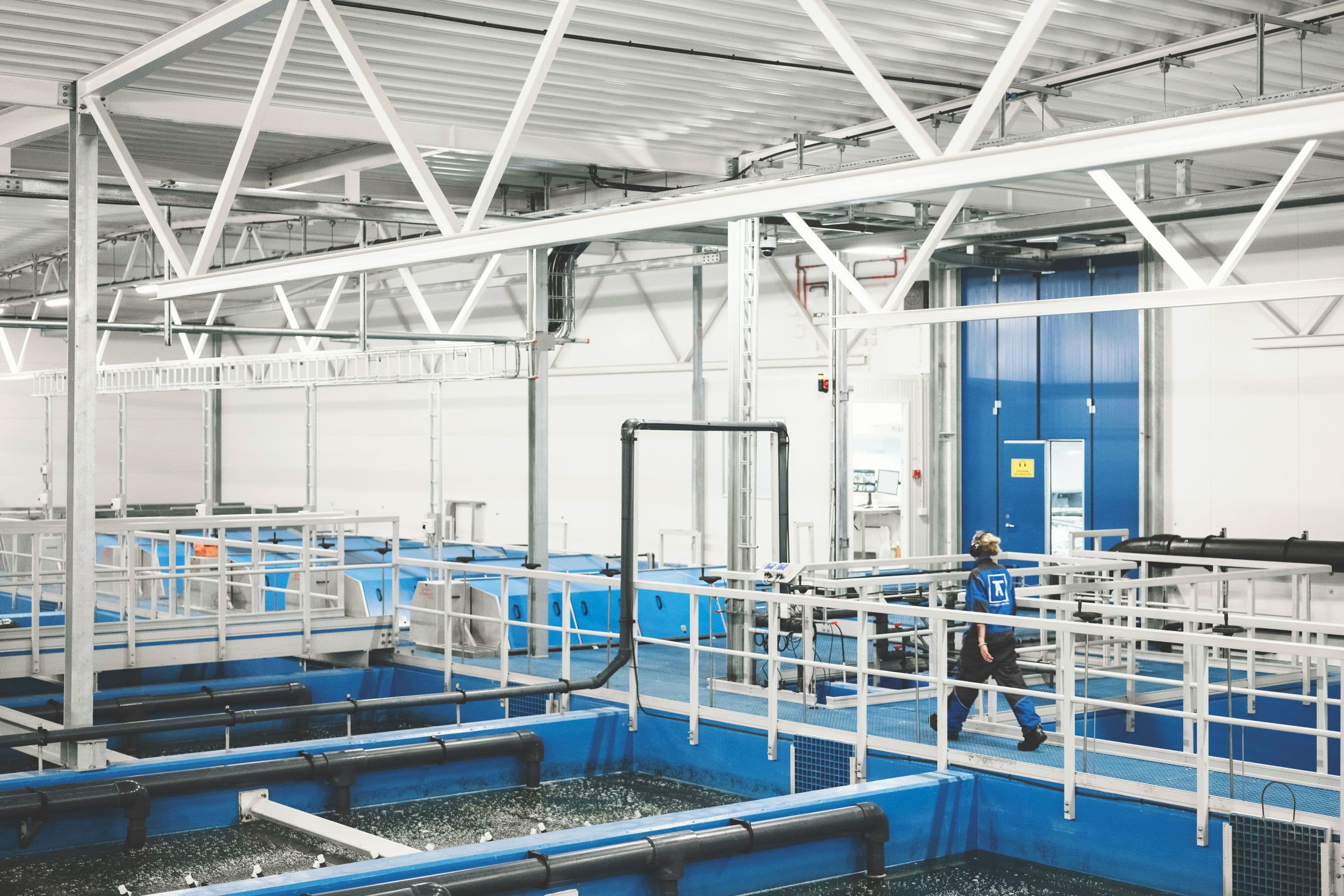
In traditional farming the fish is hatched in our fresh water facilities and transferred to seawater pens when it is about 70 – 100 grams. At that time, the fish goes through a biological process where it physiologically becomes ready for entering salt water, called smoltification. This process mimics the time when the wild salmon in nature swims from the fresh water rivers to the salty sea.
Our post smolt strategy is based on keeping the fish longer in contained systems, such as our land based facilities or closed containment systems in the ocean. First of all, we believe it will make the salmon more robust when it enters the seawater, which we believe will improve survival, fish health and welfare. Secondly, it will reduce the time that the salmon is in sea, and reduce exposure to challenges such as sea lice, harmful plankton or diseases. The environmental impact per salmon is reduced, as the aim is to achieve better sea lice control and reduce the number of sea lice treatments. It also increases flexibility with regard to the stocking of smolt and allows us to fallow for longer periods if necessary.
Piloting our strategy in Rogaland
Throughout the company, we are little by little releasing larger smolt into the sea. Post smolt require substantial investments in land based facilities. Grieg Seafood is pioneering our strategy in our Rogaland region, where the average size of smolt transferred to the sea has increased from 90 grams in 2014 to 550 grams in 2022.
Grieg Seafood has invested in a separate post smolt facility on land, Tytlandsvik Aqua, and also use two closed-containment facilities in sea, FishGLOBE, to produce post-smolt. Further, we have a shareholding in Årdal Aqua, a land-based facility with the same design as Tytlandsvik Aqua.
